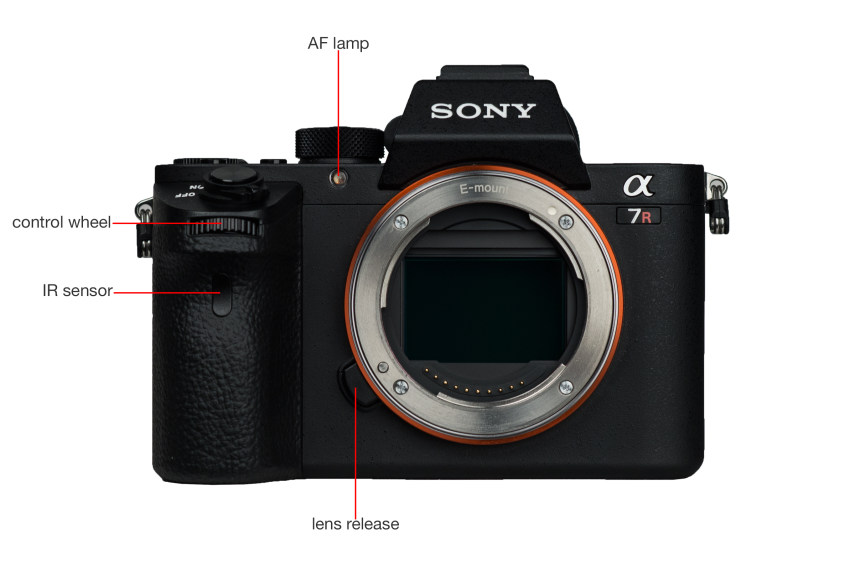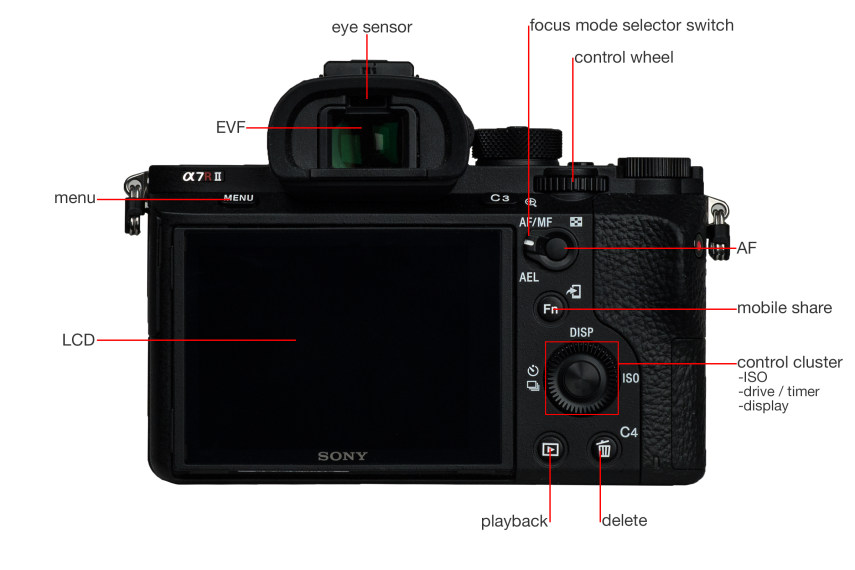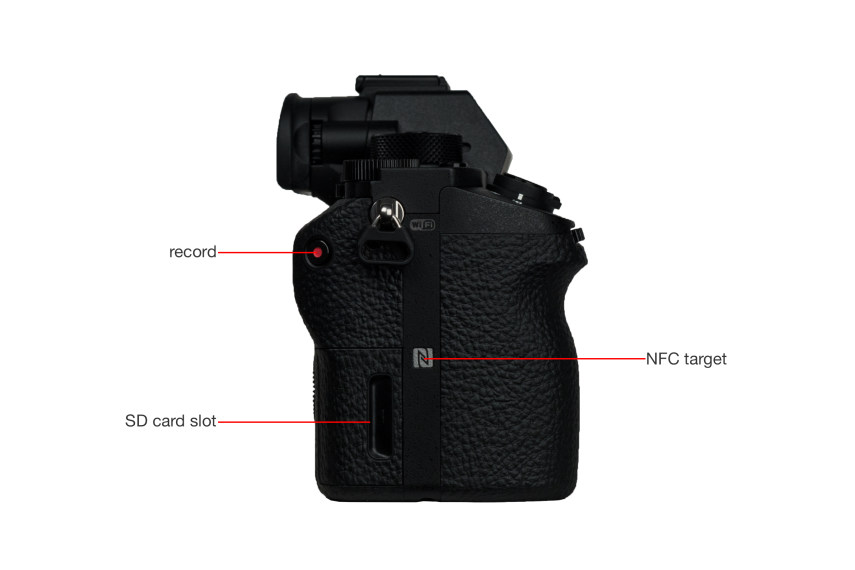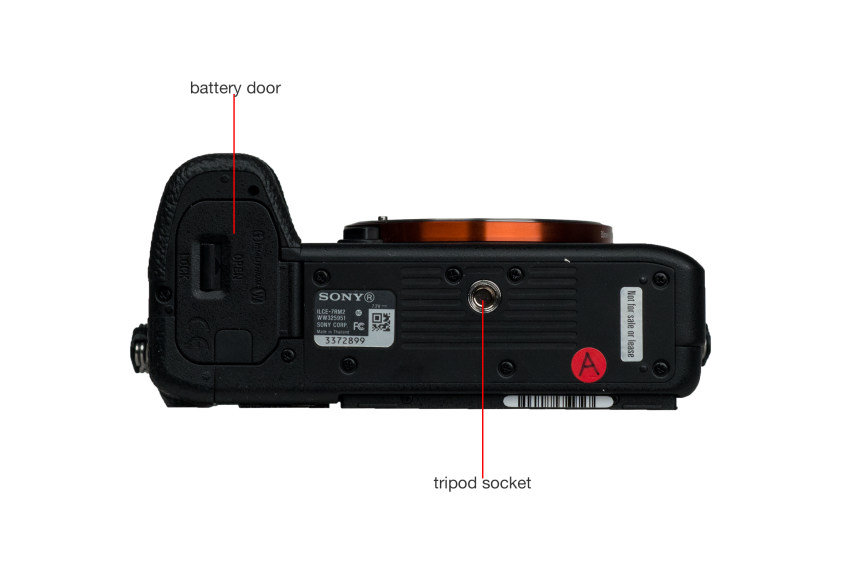Sony Alpha A7R II Digital Camera Review
Sony’s resolution monster puts the rest of the mirrorless pack to shame.

Sony took the camera world by surprise in 2014 by offering not one, but three full-frame mirrorless cameras. The new A7 series certainly made a splash, but none of them really made a strong case for pros to ditch their huge DSLRs in favor of a newer, smaller kit.
Arguably the best stills camera of the bunch, the Sony A7R had a lot to offer, but it wasn’t quite fast or dependable enough to be a pro’s workhorse camera. Iffy autofocus, a loud shutter, and horrible battery life don’t exactly make a great first impression. However, a sequel is finally here in the form of the 42-megapixel Sony Alpha A7R II (MSRP $3,200 body-only).
But a camera isn’t just the performance of its sensor: It’s the sum of a great many parts. In this regard, the A7R II is a far more competent and serious pro-ready camera than its predecessor. The battery life is as bad as ever, but with improved autofocus, optical stabilization, and 4K video, the A7R II taps into the series’ near-limitless potential. But with so many excellent full-frame cameras on the market, can it justify the price?
Design & Handling
There’s a lot to love—and hate—in such a small body.
When you first pull the A7R II out of the box, you’ll notice that it is a blocky, angular beast of a camera. It’s smaller than most full-frame DSLRs, but it’s thicker than most mirrorless cameras. Its body is made primarily of a lightweight magnesium alloy, but it’s still got a satisfying heft to it.
Once you start shooting, you’ll appreciate the robust chunky controls. The grip is deeper than it was on the original—though a bit short—and all of the primary controls you’ll need are within reach. Placing the focus mode selector switch underneath your thumb’s natural resting place was a nice touch, and Sony’s menu systems are relatively simple to operate. It definitely takes some getting used to, but you shouldn’t have to hunt toomuch for your desired settings.
It’s not all roses, though. The grip is a tad too short, and I almost always found my pinky hanging off the bottom of the camera. While that’s the classy way to take photos, it is uncomfortable, and it makes the camera tougher to grip. You’ll definitely notice that if you’ve got exceptionally heavy glass on your A7R II. You might be able to solve that issue with a battery grip, but it’s another purchase to be made.
If you’re like me and frame shots primarily through the viewfinder, you’ll love the electronic viewfinder on the A7R II. Not only is the eye cup extremely soft and comfortable, but this EVF is plenty wide—blocking quite a bit of ambient light. It’s perfect for just about any shooting condition, bright or dark, and you can do lots of things on an EVF that can’t be done in an optical viewfinder like focus assist and peaking.
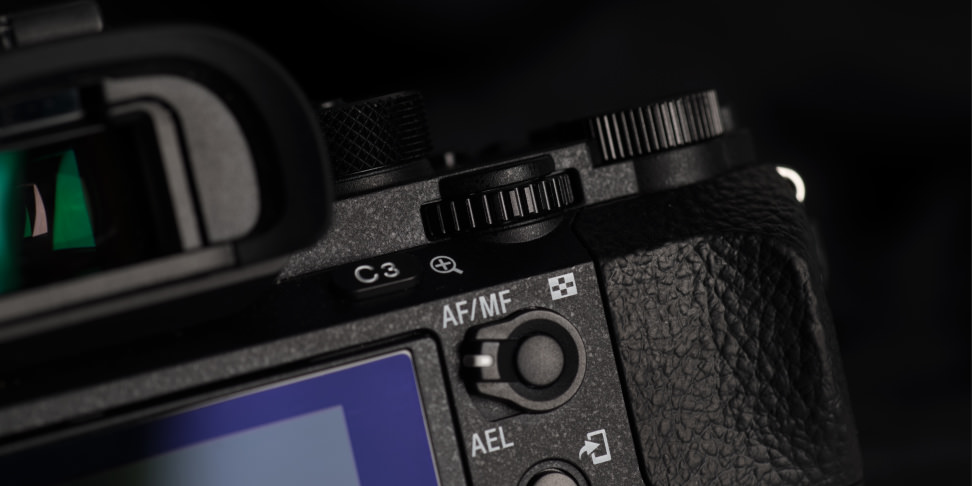
I’ll point out that shooting with the A7R II is a little frustrating compared to pro-quality bodies like the Nikon D810 or Canon 5D mk III. Our main complaint is the shutter button. It’s a squishy mess, with nearly a full millimeter of travel. That wouldn’t be the end of the world, since there’s plenty of room to find the half-press to activate autofocus. The problem is there’s a defined half-press, a defined point where the shutter activates, and then there’s another half-millimeter of travel that accomplishes nothing. It’s like driving a manual transmission with a brand new clutch that activates right away; your instinct is to put it to the floor, even though it doesn’t do anything.
Again, it’s not a big issue, but something as crucial as the shutter button should be perfect. Similarly, some of the controls don’t feel as intuitive as they should. For example, during playback if you want to zoom in to check focus you need to first press the “zoom” button, which is only barely reachable with your thumb. This is a camera with three control dials, all of which just scroll through images by default. They couldn’t just make one dial zoom in by default?
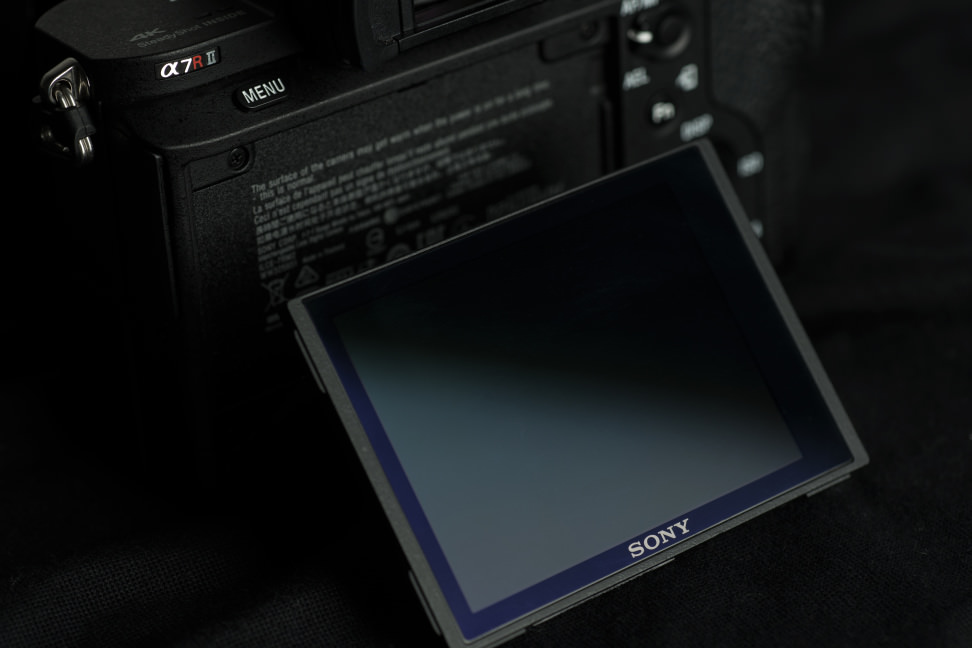
They’re small complaints, but when you’re on assignment at an event they inevitably crop up. While I didn’t miss any shots, I mostly consider myself lucky. The autofocus was hit or miss, and I swore to myself a few times trying to change some of the less-basic settings on the fly. The stabilization and superb high ISO performance enabled some shots I would’ve otherwise missed, but the nagging sense that I might miss a moment while I’m fiddling with a gummy control never left me.
Where this camera really shines is in the studio. When you aren’t dealing with unpredictable lighting and subjects, lots of the little nagging worries about shooting go out the window. Here is where the A7R II is free to do its best work, putting the wonderful image sensor to good use.
Features
Ain’t nothin’ quite like it.
One thing is quite clear: The A7R II is stuffed to the gills with features—some useful, others not so much. Items like 4K video, a monster 42.4 megapixel sensor, incredible in-body image stabilization, and in-viewfinder focus assist all make for a flagship-level camera. And while the A7R II isn’t the fastest with its burst speed of 5.5 frames per second, it’s vastly improved over the original. It’s like night and day.
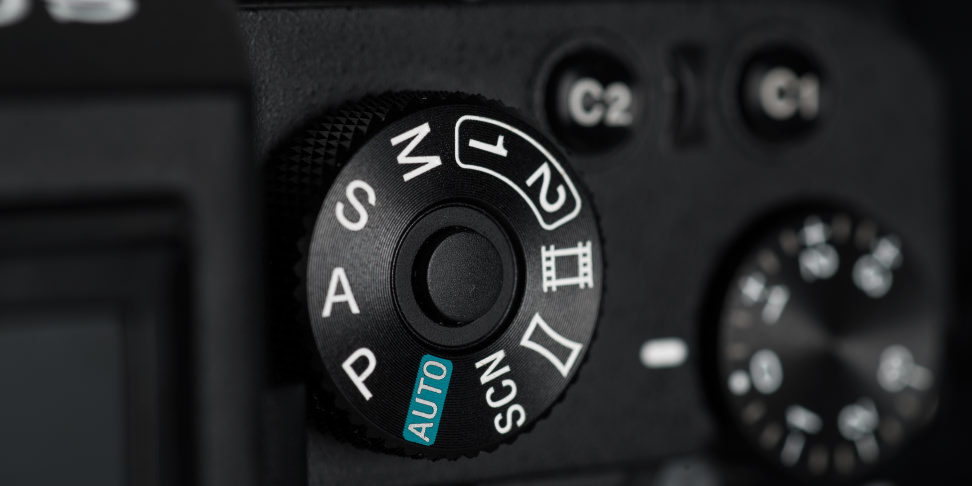
For starters, the 5-axis image stabilization works fantastically well. Brought to the Alpha line of cameras with the release of the A7 II, this feature does a great job of eliminating the ill effects of shaky hands at low shutter speeds. Obviously, this is great news for shooting stills in low light, but it’s also stellar for videographers, too.
Like the rest of the Sony lineup, focus peaking and a variety focusing modes make their appearance on the A7R II. You’ll also probably make good use out of the focus magnifier if you’re apt to lean on manual focus for macro shots, and the flexible focus spot modes are similarly useful. We would have loved to have seen a system much like the one found on the Panasonic GX8 where you use your thumb on the touchscreen to move your focus spot on the fly, but hey, no camera’s perfect.
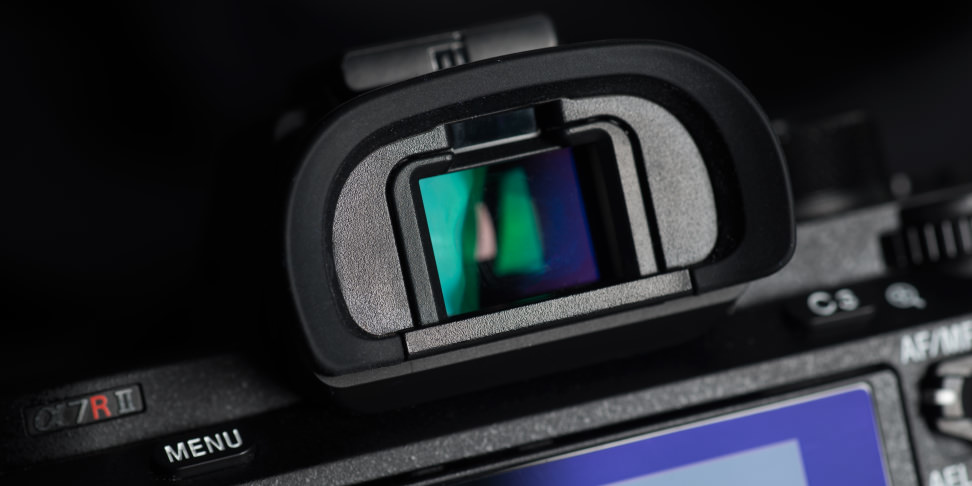
Sony’s done an admirable job of developing its FE-mount lens lineup, but relative lack of FE-mount lenses out there, Sony’s











